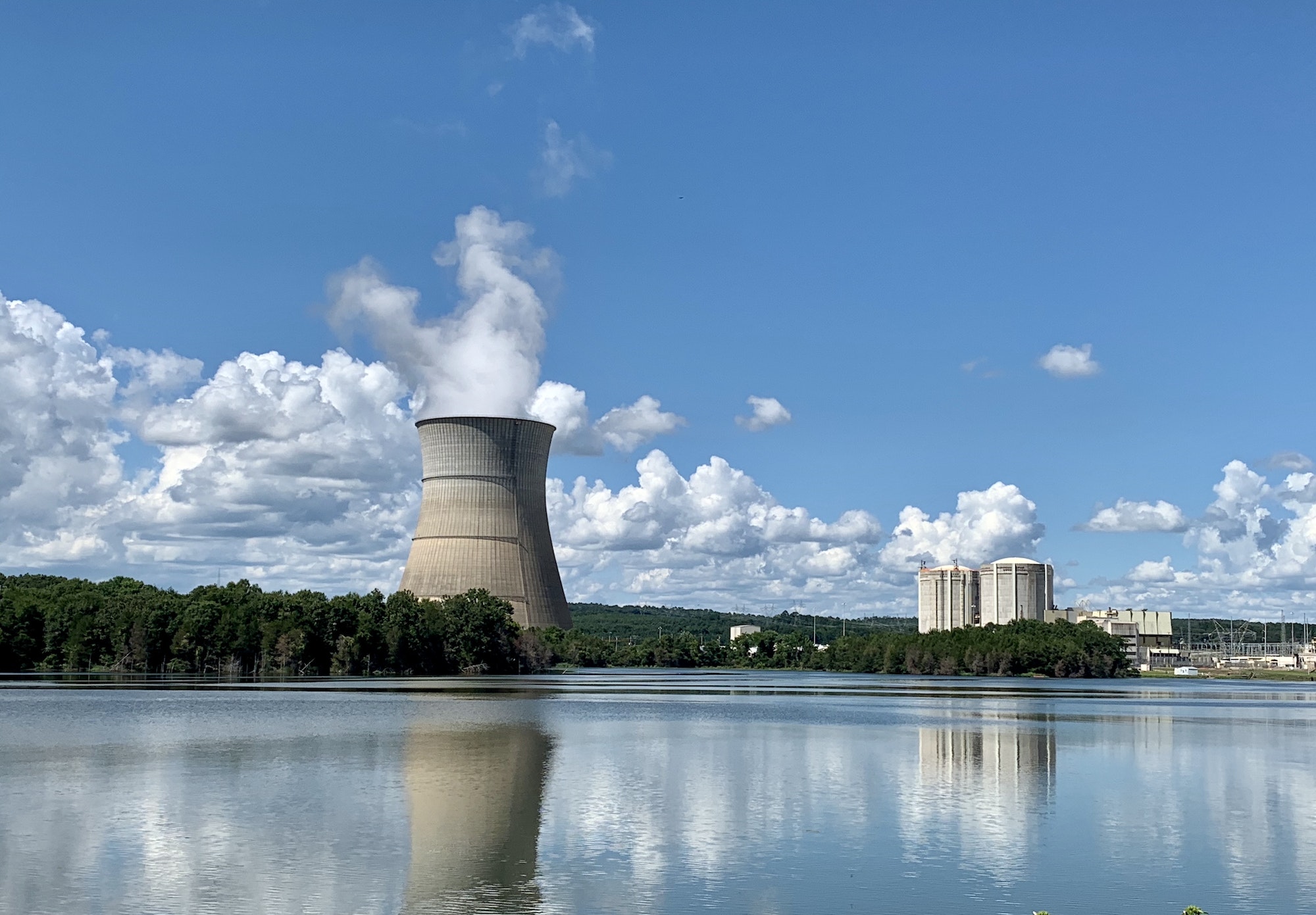Japan’s planning to release water from the Fukushima nuclear disaster site into the Pacific Ocean, and this has got people talking worldwide. This article breaks down what’s happening.

What did the Prime Minister Say?
Prime Minister Fumio Kishida said they’re going to start releasing the water soon. There’s going to be a big meeting in Tokyo about this. Though NHK, a news channel, reported it, they didn’t say who told them.
How Much Water Are We Talking About?
Imagine filling 500 Olympic-sized swimming pools with water. That’s how much water Japan plans to release into the ocean, and they’ll be doing it over 30 years. That’s a lot! And people are worried about what it might do to marine life both now and in the long run.

What Does the Rest of the World Think?
China and some other countries are not happy about this at all. They’re worried about how safe this water release will be, especially because the Fukushima plant had a big nuclear accident in 2011. They’re not so sure that the company handling it, TEPCO, is doing everything right.
How Are Local People Reacting?
Fishermen in Japan are stressed. They’re afraid no one will buy their seafood if they think it’s contaminated. Plus, some beauty brands got caught in a social media storm about this, showing that the water release could affect more than just seafood. For instance, Hong Kong’s thinking about not buying certain Japanese goods, and people in South Korea are suddenly buying a lot of sea salt.

Why Release the Water Anyway?
After the nuclear accident, TEPCO has been using water to cool down the broken reactors. This water picks up some radioactive stuff and is then stored in big tanks. But now, there are about 1,000 of these tanks, and they’re running out of space. So, they need to figure out what to do with all this water.
Is It Actually Safe?
The International Atomic Energy Agency (IAEA) took two years to check Japan’s water release plan. Their boss, Rafael Grossi, says the risk to people and nature is really low and fits with international safety rules. They’ll also keep a close watch on the whole process and work with nearby countries to make sure they’re okay with it.

Wrapping Up
Japan’s plan to release Fukushima’s water into the ocean is a big deal. As they get ready to do it, everyone’s watching and hoping it goes well. It’s important to keep nature safe, make sure businesses run smoothly, and get along with other countries. Everyone’s waiting to see how this chapter in Fukushima’s story unfolds, and we’ll all learn from what happens.
FAQ about Fukushima Water Release
1. Why is Japan releasing water from Fukushima into the Pacific Ocean?
- After the nuclear accident, the Fukushima plant used water to cool down its broken reactors. This water got stored in big tanks, but now they’re running out of space. So, they’ve decided to treat this water to make it safer and release it.
2. How much water is being released?
- Imagine filling 500 Olympic-sized swimming pools. That’s roughly the amount they’re planning to release over 30 years.
3. Is the released water radioactive?
- The water does contain some radioactive elements, but it’s being treated to remove most of them before it’s released.
4. What does the international community think about this?
- Some countries, like China, have concerns about the safety of the release, especially given the 2011 nuclear accident at Fukushima. There’s a mix of skepticism and support.
5. How do local communities in Japan feel?
- Many fishermen are worried. They think people might stop buying their seafood if they believe it’s not safe. There are also concerns about how it might affect other businesses.
6. Are there safety checks in place?
- Yes, the International Atomic Energy Agency (IAEA) reviewed the plan for two years. They said the risk to people and the environment is really low, and they’ll keep monitoring the situation.
7. Will the water release affect seafood or other products from Japan?
- It’s a concern. Some fishermen worry about seafood sales, and even some beauty brands got caught up in the issue due to a social media storm. Plus, countries like Hong Kong are thinking about changing their import rules.
8. How long will the water release go on for?
- The plan is to release the water over a period of 30 years.
9. Who’s overseeing the water release to ensure it’s done safely?
- The company handling the water release is TEPCO, but international agencies like the IAEA will closely monitor the process.
10. Are there any alternatives to releasing the water?
- Storing the water was the initial solution, but the storage capacity is running out. This release is seen as a necessary step, but it’s a complex issue with no easy solutions.
Remember, this is a continually evolving situation, and new updates may change some of the answers provided. Always refer to updated sources for the most recent information.
Sources Bloomberg


